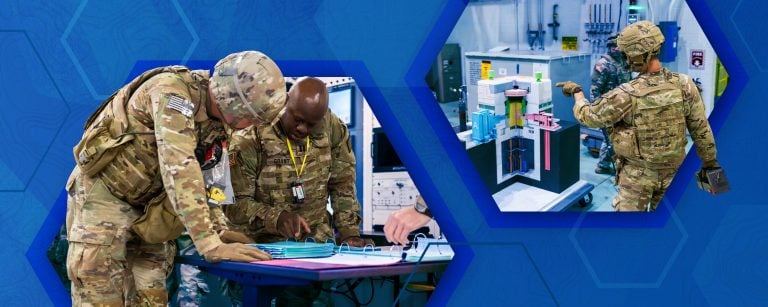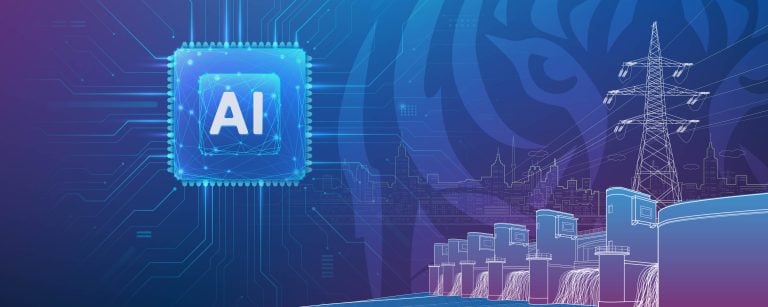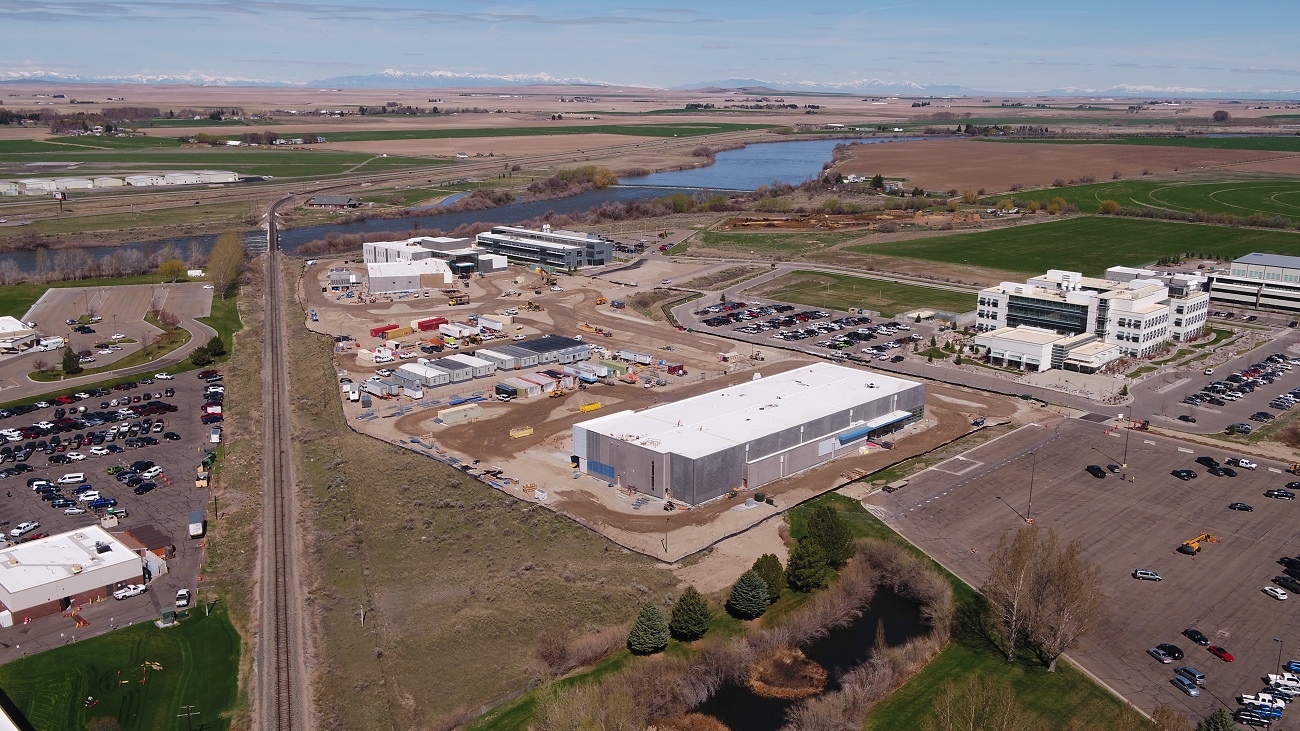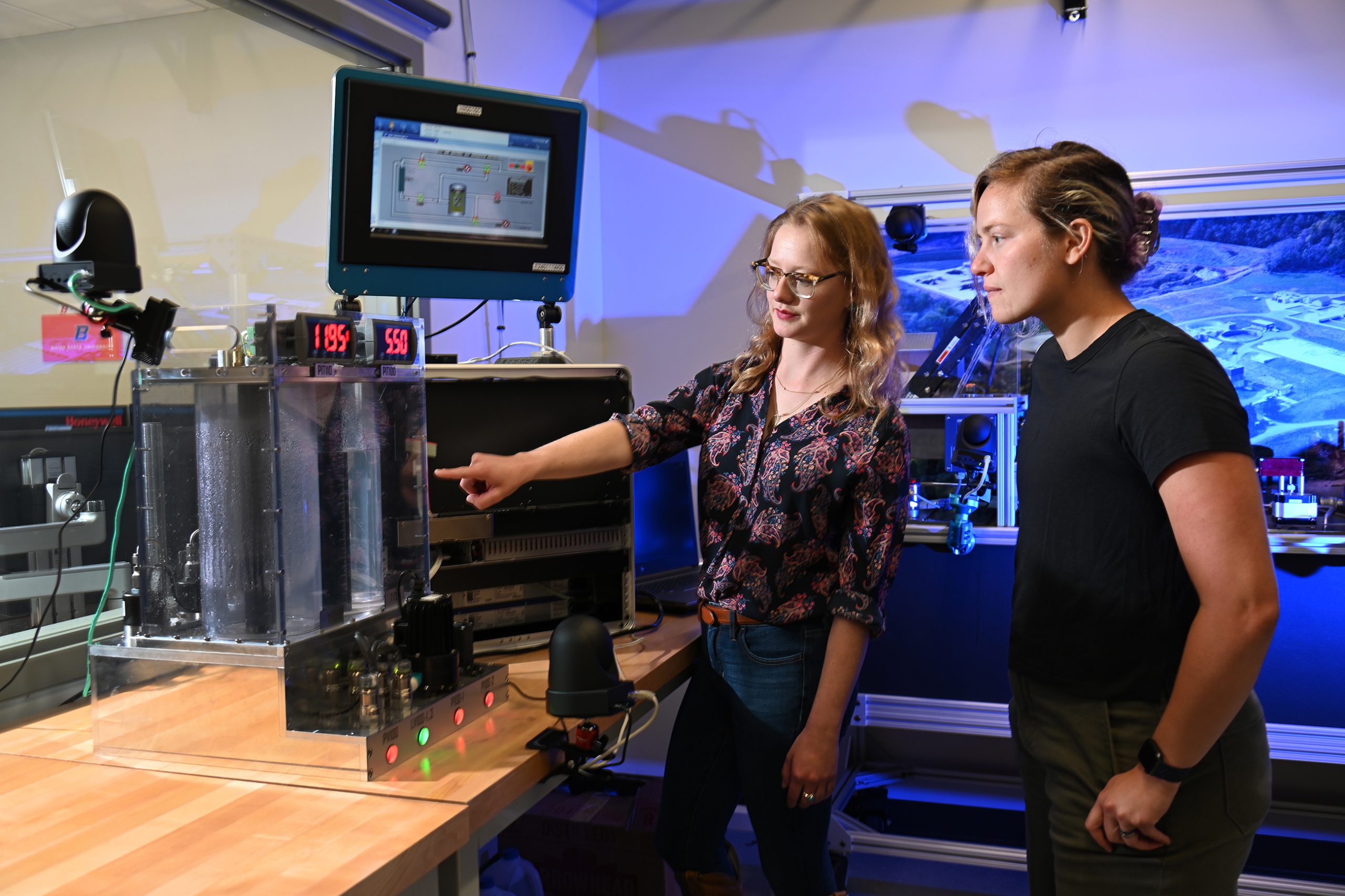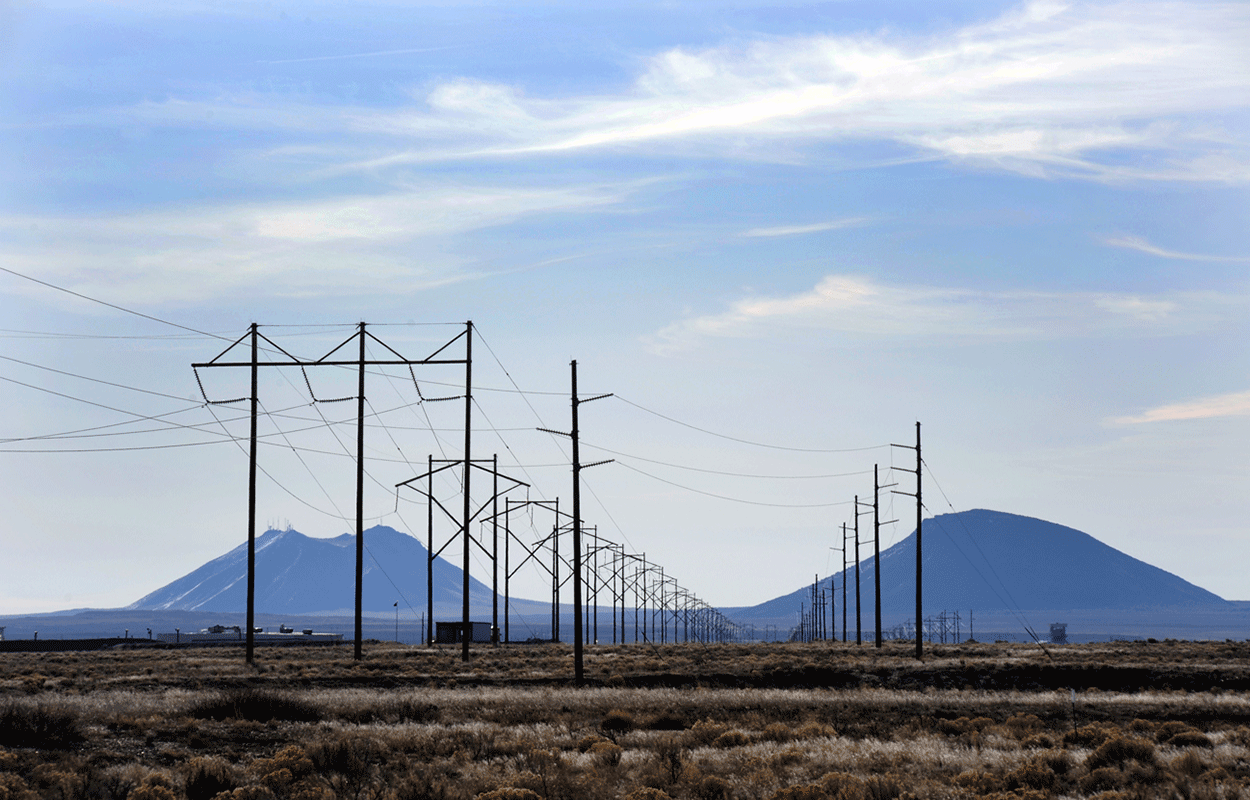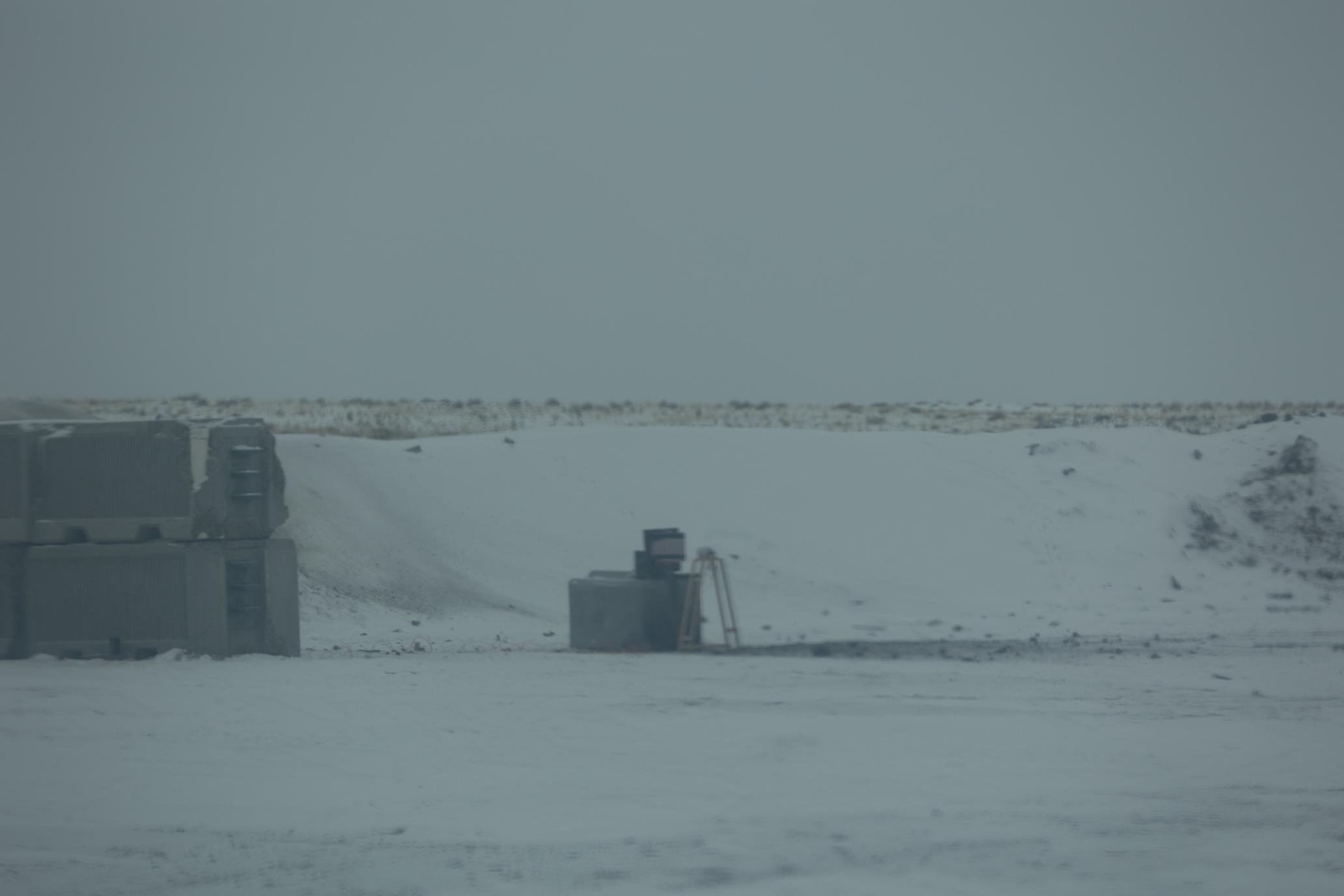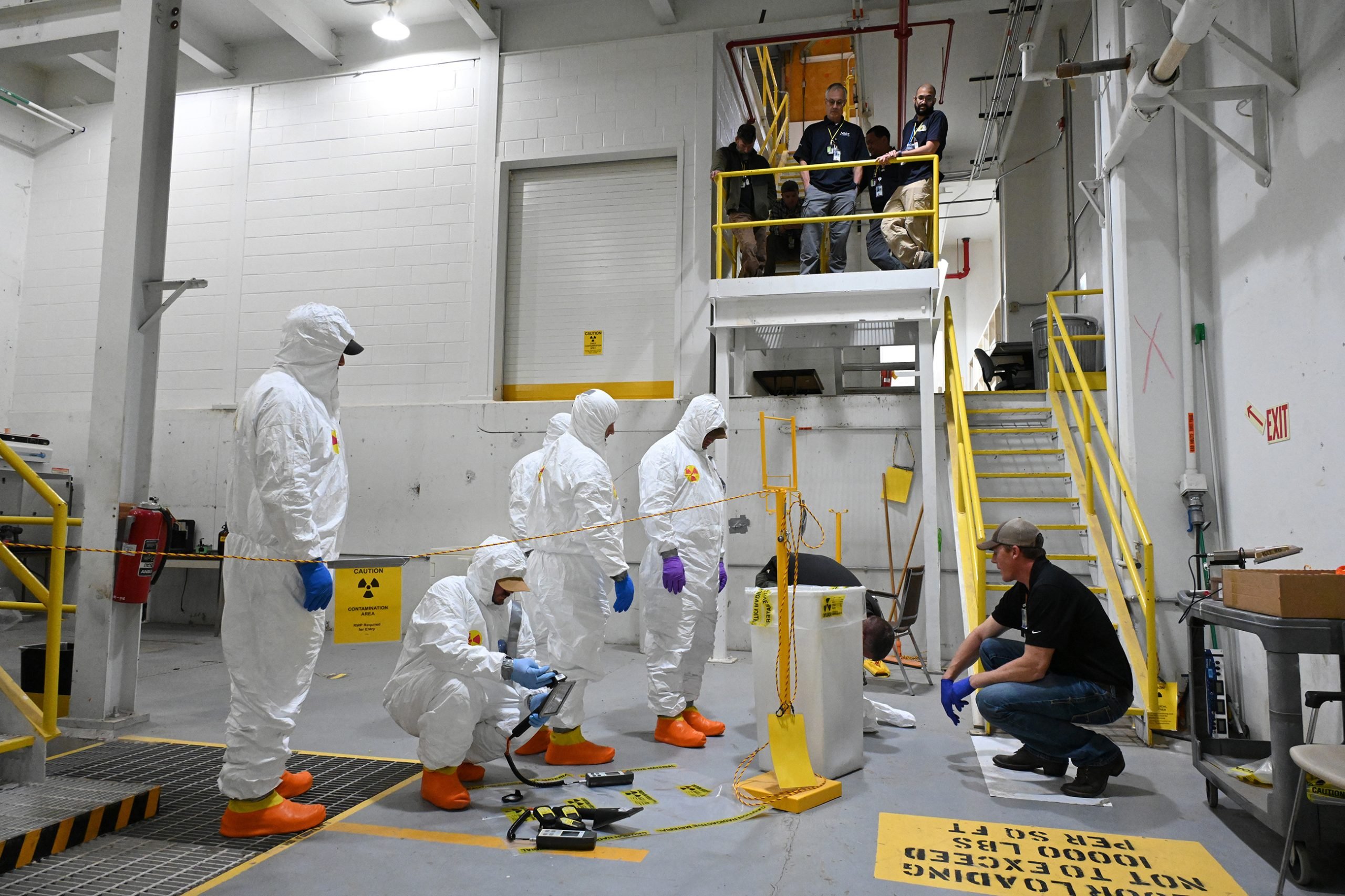INL News | National Security
It’s Tuesday morning in early June and the Idaho National Laboratory’s (INL) Transient Reactor Test Facility (TREAT) control room is...Read More
Artificial intelligence (AI) is becoming widely adopted across multiple industries, including the critical field of grid operations. The integration of...Read More
Consider the utility services that people use every day: light switches, water faucets and gas burners. The simple act of...Read More
Our Mission
To solve some of our world’s biggest challenges, scientists must spend years collecting data, analyzing the results and testing new solutions. But what do you do when the world requires a solution right away?
When a problem has national security significance and time is critical, people turn to places like Idaho National Laboratory.
Research Capabilities
Our People
At INL, the professionals working within the National and Homeland Security directorate are dedicated to protecting the nation’s critical infrastructure and enhancing national security. These experts specialize in areas such as cybersecurity, nuclear nonproliferation, and defense systems. They collaborate with government agencies, industry partners, and academic institutions to develop advanced technologies and innovative solutions aimed at safeguarding the nation against various threats. Their work is vital in ensuring the security and resilience of key systems and infrastructures that are essential to national safety and wellbeing.
Facilities
INL’s national security experts know how to solve complex problems. Through innovation, expertise and confidentiality, our people come to the lab every day with an unwavering commitment to mission success. Their dedication, passion and patriotism can turn a novel idea into a transformational solution.
Fact Sheets
Frequently Asked Questions
How long has INL supported national security and defense missions?
Beginning in the 1940s, before supporting the Department of Energy, the lab’s location was home to a Department of Defense explosives test range. It supported Army and Navy ordnance, artillery testing and bombing capabilities before and after the start of World War II. Later, the laboratory’s expansive desert environment and unique infrastructure supported prototype development, testing and training for the Navy’s first nuclear powered submarine and aircraft carrier engines and operation crews.
Continuing into the mid-1980s, the laboratory was once again called to service to support a special access Army manufacturing capability that today is known throughout the defense community for its exacting specifications and high-quality products.
How is national security related to energy research?
How does INL protect critical infrastructure?
America’s prosperity, freedom and ability to advance our citizens’ wants and needs is inextricably linked to our resources and infrastructure. At INL, dedicated professionals defend these systems from cyber and physical threats, unauthorized intrusions and disruptions.
We ensure the power grid is secure, so Americans have reliable electricity in their homes, businesses and schools. We make sure pipelines are protected so that clean water, heat and fuel is easily delivered, and we ensure communication networks are guarded against threats that jeopardize the delivery of critical information and data.
What are industrial control systems?
Industrial control systems run the electric power grid, telecommunication technology, and even transportation hubs like airports or train stations. Our employees work in teams to study complex machines, electronic circuitry and computer code. We hire engineers, computer scientists and power grid specialists – but we also hire threat intelligence specialists, linguists and human factors experts. All these skills are necessary to protect computer-based equipment that is bought, sold and used around the world.
What is the difference between IT versus OT cybersecurity?
What is 5G? How is Idaho National Laboratory involved in 5G?
5G is the fifth generation of cellular technology and it brings transformational change to current long-term evolution (LTE) networks. This includes improvements to wireless devices and the infrastructure and capabilities supporting mobile broadband communication. 5G has significantly higher data speeds, lower latency, higher capacity, and will incorporate wireless communication functionality to most electronic devices including IoT (Internet of Things) devices.
For more than 20 years, INL has conducted research, testing and training on wireless technology and systems, including wireless radios, cellphones and satellite technology. In 2019, INL launched the Wireless Security Institute to lead national research efforts to develop technology solutions to enhance 5G security. Initial security testing of 5G devices became operational at INL in 2020.
How does INL protect our nation from illicit use of nuclear materials?
At INL, our people protect America and other global communities by working on the front lines of nuclear materials management, detection and response training. Our employees support worldwide operations that coordinate the protection and return of nuclear materials from minimally secure, unstable locations. We are leaders in the developing and deploying detection technology that ensures our ports of entry are safe. And we use our unique facilities and expertise to train the nation’s first responders to react and recover in the event of radiological or nuclear emergency.
What role does INL play in protecting the military?
How can INL help address supply chain weaknesses?
INL supports a variety of efforts that aim to address supply chain security, in part by properly identifying the underlying components that make up our systems. Critical infrastructure security requires that organizations identify not only the systems on which their operations rely, but also the underlying equipment and data exchanges that allow for normal operation. Cyber Testing for Resilient Systems (CyTRICS) and Consequence-driven Cyber-informed Engineering (CCE) are examples of INL-supported programs used by industry for testing and assessing these vulnerabilities.
Not finding what you are looking for? Please send your question to [email protected].

